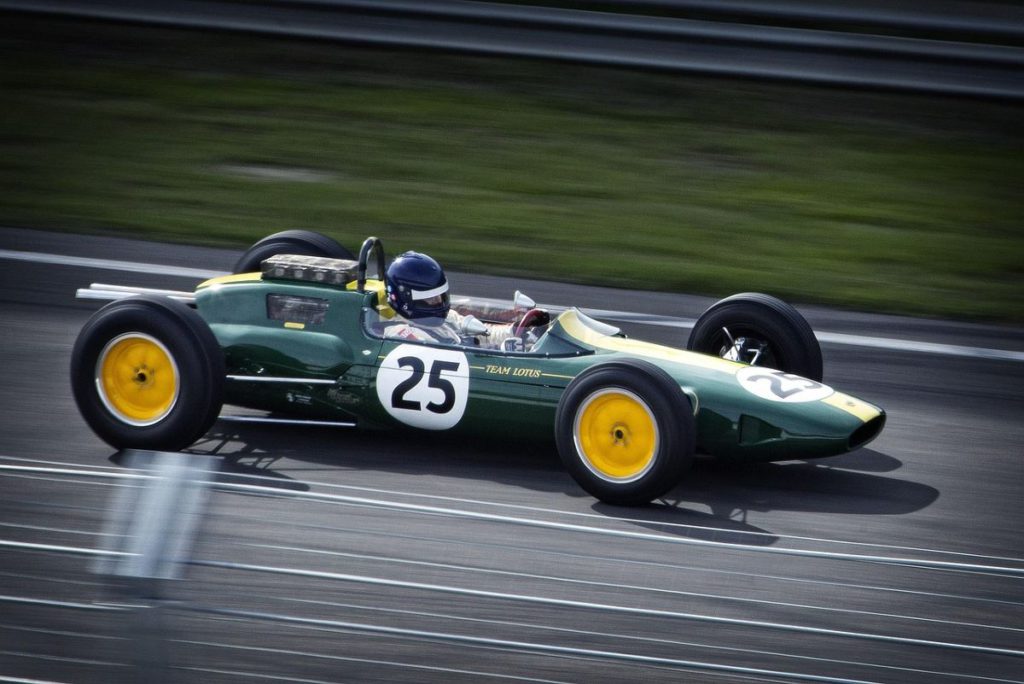
There’s a certain precision behind every captivating shot at the racetrack, one that starts long before the engines roar. For photographers who follow racing events across rugged terrains, having the right vehicle setup is essential. That’s where 4WD fitouts come in – customised storage, mounts, and power solutions that make mobile shooting efficient. Inside the vehicle, car drawers keep lenses, batteries, and cleaning gear organised and accessible between pit stops. Out on the track, camera filters become indispensable tools for taming glare and refining light, especially when working against asphalt reflections. And for those seeking exceptional image depth and clarity, a Hasselblad camera captures motion with a signature cinematic feel, elevating motorsport imagery into fine art.
Racing photography exists at the intersection of chaos and control. Cars tear across the frame at blistering speeds, leaving only fractions of a second for the perfect capture. Yet behind the noise, dust, and adrenaline lies a discipline grounded in anticipation, technical mastery, and creative timing. The photographer’s task is not merely to document speed but to translate it – transforming fleeting moments into visual poetry that communicates the power and precision of motorsport.
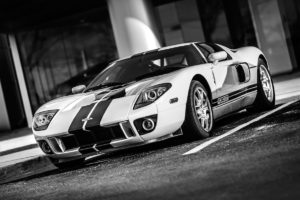
To truly master this art, one must first understand light. Racing circuits offer a constantly shifting palette: early morning haze, midday glare, and the golden dusk that softens the lines of machinery into sculptural forms. Light reflects off metal, rubber, and track surfaces differently, challenging photographers to adapt exposure, angle, and focus with every lap. The balance between shutter speed and aperture defines the difference between freezing motion and conveying it. A fast shutter may arrest every droplet of water or shard of debris kicked up from the tarmac, while a slower one blurs wheels and backgrounds, suggesting velocity without losing clarity.
Composition, too, plays its part in telling a story of speed. A car slicing through a curve might look spectacular, but the emotion comes from framing, the tilt of the horizon, the inclusion of the pit crew in the distance, or the sweep of the crowd behind a barrier. Every frame is an orchestration of energy, where the photographer guides the viewer’s eye just as a driver steers through a bend. Even negative space becomes powerful when used to emphasise isolation, tension, or the sheer scale of the racetrack.
Equally vital is understanding the rhythm of the race itself. Just as drivers study braking zones and apexes, photographers learn patterns in motion, the acceleration off the line, the slowing before turns, the inevitable overtakes and spins. Knowing where to stand, when to press the shutter, and how to pre-focus on a corner seconds before a car appears distinguishes a snapshot from a masterpiece. The best racing photographers don’t react; they predict. They feel the circuit’s pulse.
Equipment serves as both an ally and a constraint. A telephoto lens may deliver intimacy from afar, but it demands absolute steadiness and quick reflexes. A wide-angle lens can exaggerate speed when cars rush past the foreground. Drones, too, have reshaped the visual vocabulary of racing, offering sweeping aerial perspectives that reveal track geometry and crowd choreography. Yet the most valuable piece of equipment remains the photographer’s intuition, knowing when to break the technical rules to create something truly unforgettable.
Then comes the environment – dust, heat, and noise. Motorsport photography isn’t for the faint-hearted. Cameras endure high temperatures, flying debris, and the occasional splash of oil. Photographers must remain agile, often kneeling trackside or perching atop barriers to achieve the desired angle. Protective gear and precise timing are non-negotiable; one misstep can mean missing the defining moment or worse, compromising safety.
Editing completes the creative cycle. Post-production is where emotion and detail find balance. Subtle adjustments to contrast can accentuate movement, while colour grading brings consistency across a race series. Yet restraint is key; the goal is not to manipulate but to reveal. The perfect edit enhances the sense of speed, light, and atmosphere without erasing the authenticity that defines motorsport.
In racing photography, the narrative extends beyond the cars. It’s about the people, the mechanics with oil-stained hands, the officials watching intently, the crowd gasping at a near miss. Including human elements within high-speed frames adds scale and relatability, grounding the spectacle in shared emotion. The audience feels not only the power of the machines but the passion of those who live for them.
Timing, light, and perspective intertwine in ways that defy predictability. One moment, the track gleams under sunlight; the next, a cloudburst transforms it into a reflective surface of chaos and opportunity. The seasoned photographer embraces these shifts, adapting settings and stance without hesitation. In this world, adaptability becomes artistry.
Beyond the race itself, there’s the pit lane – the backstage theatre of motorsport. Here, tension and teamwork merge into visual drama. The hiss of air wrenches, the flash of helmets, and the choreography of tyre changes create opportunities for storytelling that contrast the serenity of still photography with the dynamism of racing life. Capturing these candid moments reinforces the humanity behind the machinery.
Every great racing image invites the viewer to feel something -anticipation, awe, respect. It evokes the hum of engines, the shimmer of heat off metal, and the split-second harmony between man and machine. The art lies not in freezing time but in stretching it, allowing a single frame to echo with momentum and purpose.
Ultimately, the magic of racing photography lies in its duality. It’s both technical and emotional, requiring mastery of exposure and empathy for motion. It’s about translating sound into silence, chaos into composition. Each photo tells a story of motion suspended – a fragment of speed preserved forever.


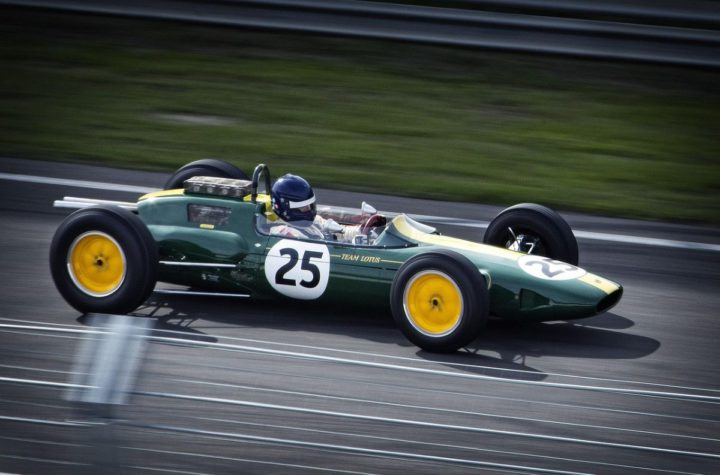
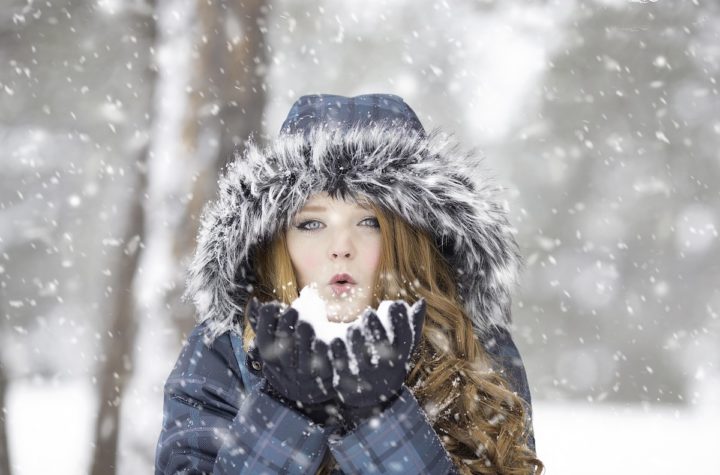
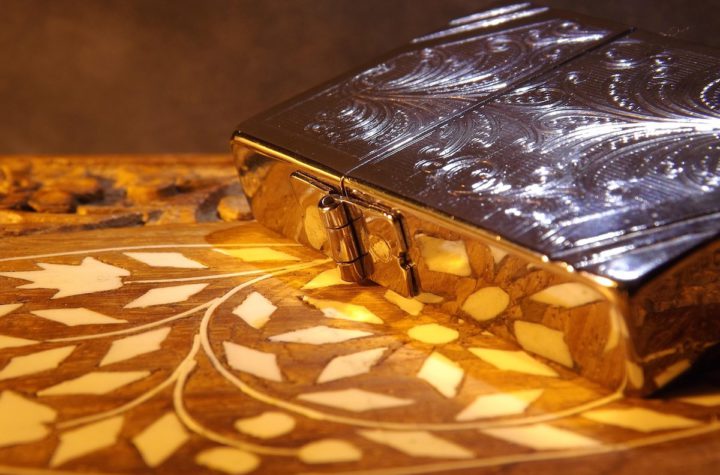
More Stories
Epic Quests in a World of Cards
Every Collector Needs a Humidor
Guide to Indoor & Outdoor Fun